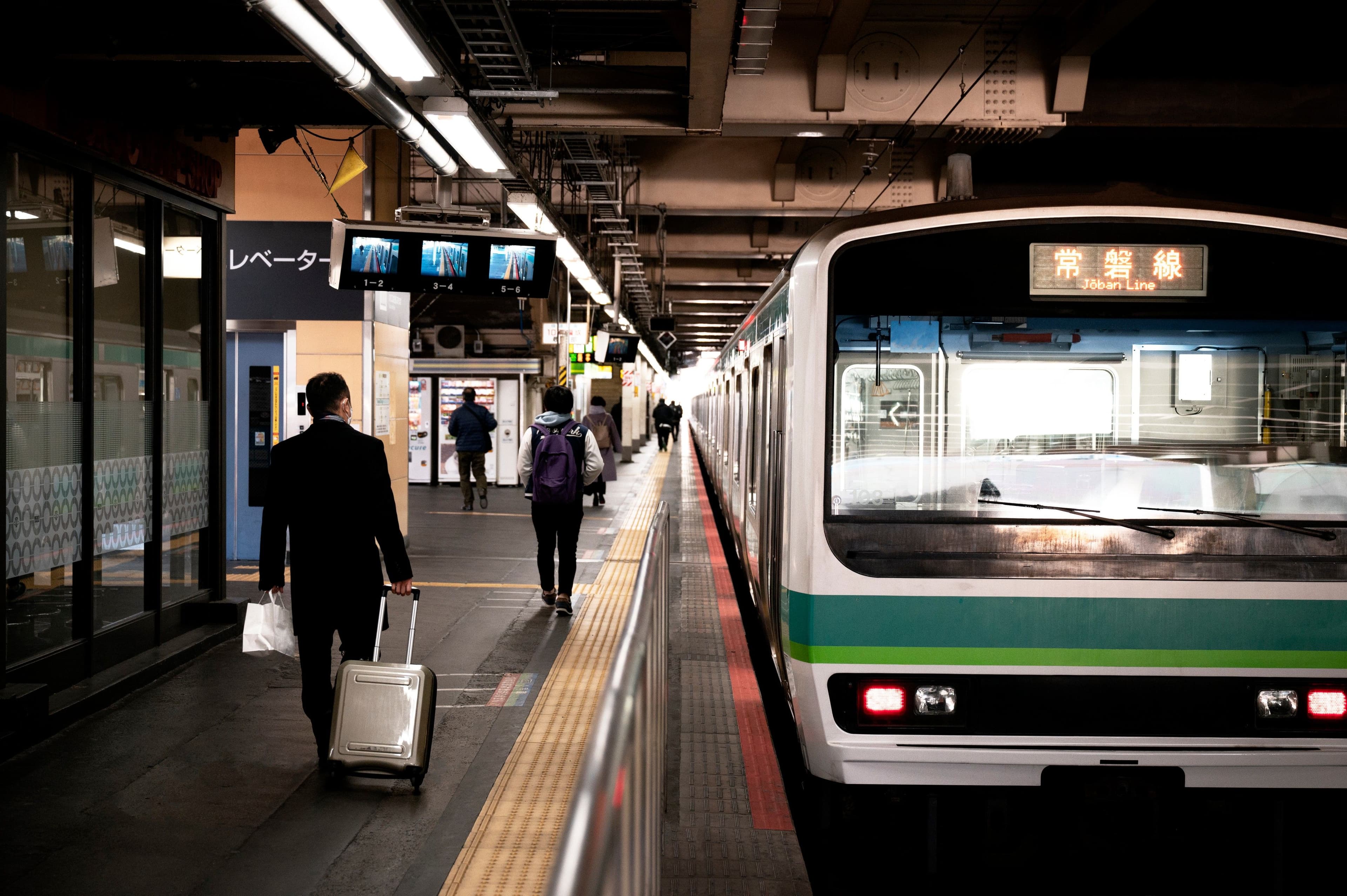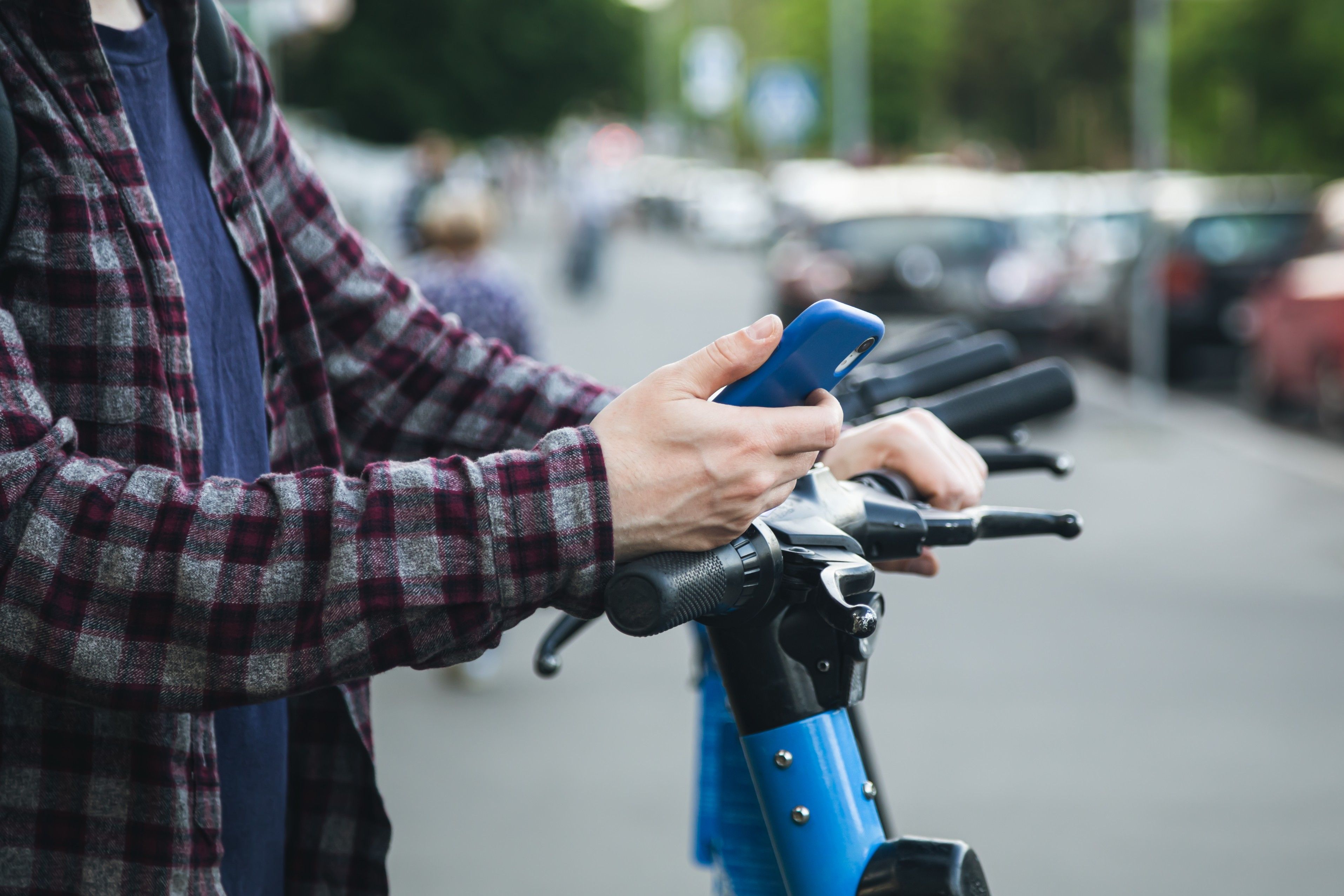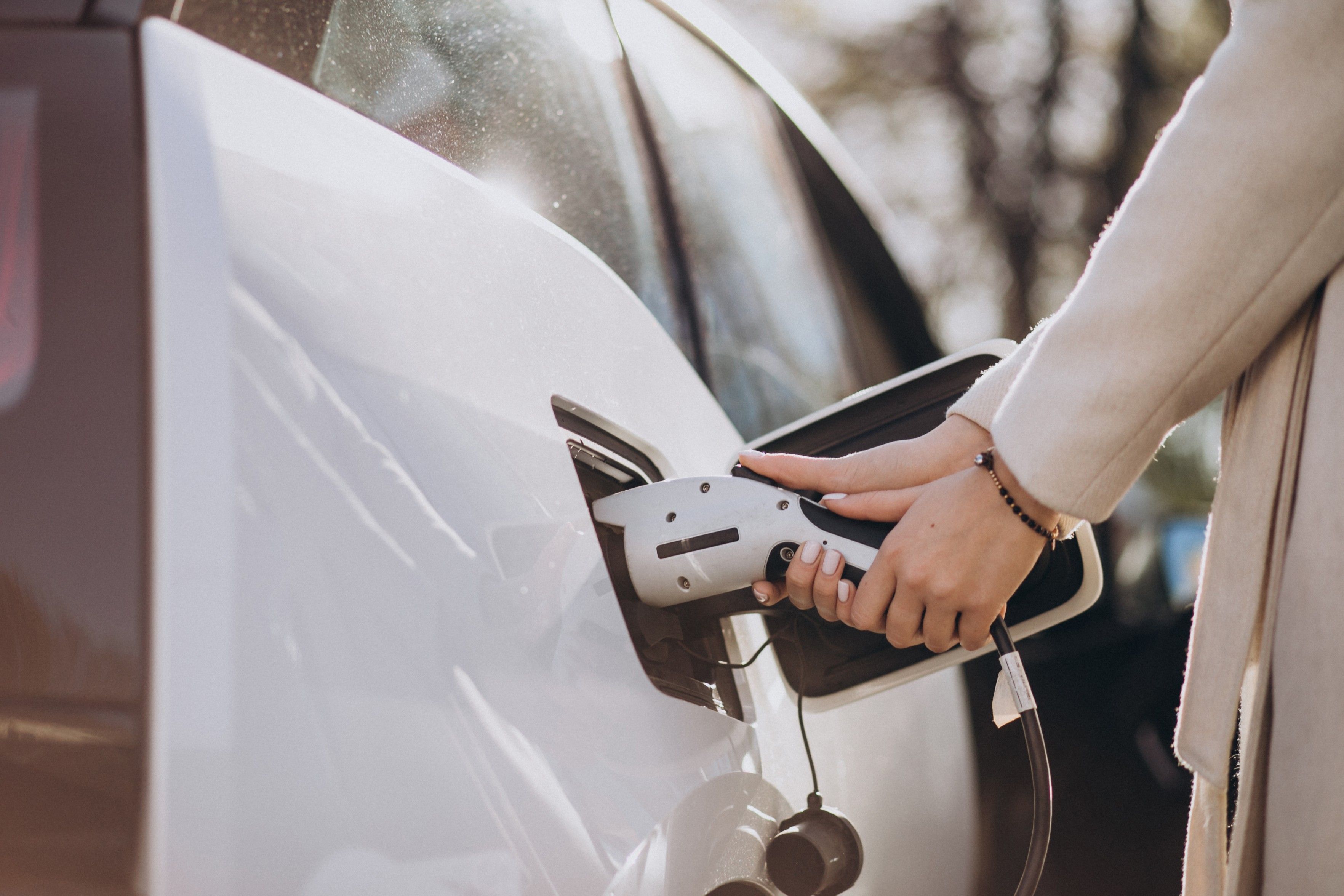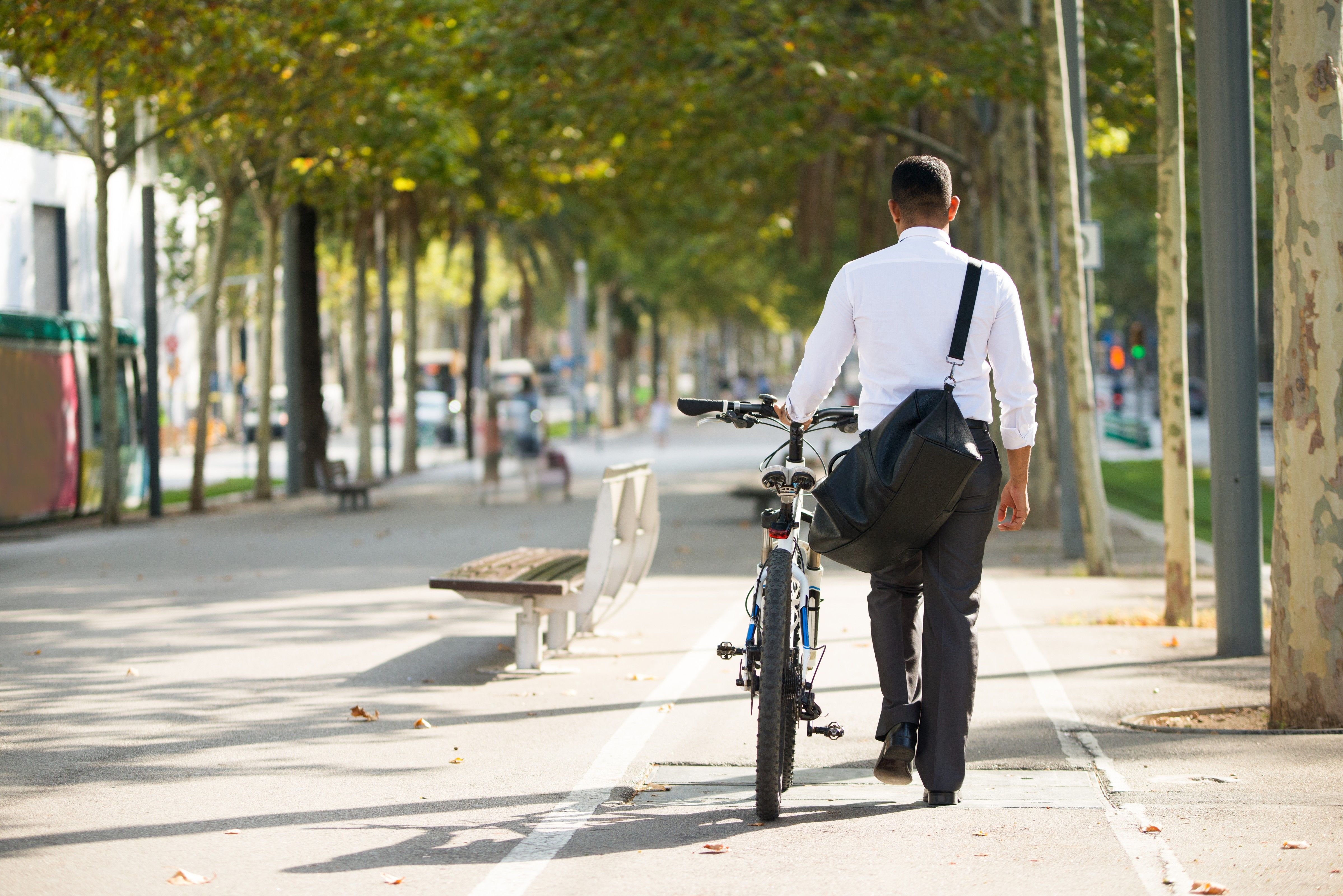
21/09/2023
World Car Free Day: reflections on mobility and cities
By Arlene Carvalho, from Movimento Circular
Have you ever stopped to think about what your life would be like without cars? What if the streets were dominated by circular alternatives for transportation and were also spaces for coexistence, not just for traffic? Could reducing the use of motor vehicles reduce pollution levels and improve public health? What if we could transform time spent commuting into moments of leisure or productivity? Can the cities of the future offer more sustainable and inclusive mobility solutions for everyone?
These questions are directly related to World Car Free Day, celebrated annually on September 22nd. The idea emerged in France, at the end of the 90s, to stimulate thinking about more sustainable transport alternatives and raise awareness about the problems caused by the excessive use of motorized vehicles and the emission of pollutants from the burning of carbon.
The idea is to encourage people to leave their cars at home for a day, opting for other forms of transportation, such as bicycles, public transport, walking or carpooling.
But can just one day a year have an impact on people’s lives? How can this single day become a tool to turn urban mobility more sustainable and more circular? More than avoiding the emission of pollutants derived from petroleum, World Car Free Day invites us to think: is it really possible to move around most cities without a car? The answer is yes, but further to people's will, which is already extremely important, other factors must be taken into consideration. Let's get to know some of these better.
 Scooters and shared bicycles are a good alternative to car use. Image: Freepik
Scooters and shared bicycles are a good alternative to car use. Image: Freepik
Active mobility and the energy matrix
When we think about reducing car use in cities, one of the first topics covered may be what we call active mobility - that is, the act of moving around in a non-motorized way. Walking, cycling, skateboarding and scooters are examples. However, more than just the person wanting it, it is necessary to have structures - something that goes beyond mobility itself and reaches spheres such as health and public safety.
“Active mobility brings countless benefits, be they social, economic and even for public and individual health - when it encourages the abandonment of a sedentary lifestyle. This is what experts preach and what a large part of the population already wants, but we cannot have greater support if we do not think about the issue of city design, for example”, says Murilo Casagrande, director of Instituto Aromeiazero - non-profit organization located in São Paulo and dedicated to promoting sustainable urban mobility, focusing on active mobility, such as cycling and walking.
For Mr. Casagrande, thinking about this design - or redesign - is an invitation to treat people as the great protagonists of cities. “Most cities are designed for cars, the roads are wide and allow many cars to be on them. There are few cycle paths, which force cyclists to compete for space with cars and portray them as ‘villains’ or as ‘people who need to protect themselves’. Sidewalks for pedestrians are minimal. The Brazilian government even announced this year that it would encourage the production of popular cars to inject money into the economy. The issue is that this takes away people's prominence, takes them off the streets and leaves them stuck in traffic. When you transform a street into a space for those who live there, it even becomes a safer street - as it will be more populated”, he reports.
Just like citizens’ will and opportunity, the role of the government is fundamental and essential both in redesigning actions and in reducing social inequality. “How can we tell a person who lives in a peripheral area, generally very far from health services and work, to give up their car - be it their own or the app - to get around? If the city is not designed with everyone's well-being and mobility in mind, the car will never stop being, in addition to being a means of transport, a status symbol. Public authorities need to offer conditions and incentives for active mobility and quality public transport - universally. In addition to changing your mindset in all spheres - municipal, state and federal; and ensure that existing laws are complied with”, he points out.
 Is the electric car the best alternative? Image: Freepik
Is the electric car the best alternative? Image: Freepik
Electrification of transport and waste
More than 30 years after the creation of World Car Free Day, the reasons that motivated the campaign go beyond the original. “When we talk about reducing the number of cars on the streets, many respond by talking about the electrification of transport in general - such as bicycles, scooters, buses, and of course, cars. But, you see, an electric car would solve the environmental issue by not generating pollutants derived from petroleum; however, what about the other questions? And the traffic jams? What about the lack of city planning? What about other types of pollution - such as noise and visual pollution? It’s bringing an old solution to a new and much broader problem than the one we had 30 years ago”, he comments.
For the pedagogical coordinator of Movimento Circular, Edson Grandisoli, the issue of electrification also permeates another problem - where does the electrical energy come from to charge these vehicles? “The world heavily depends on oil as the driving force of the energy matrix and until this is changed, we need to stay alert. For example, if we charge a car with electrical energy coming from hydroelectric or wind plants and solar panels, for example, we have the guarantee that that energy is clean and will not generate waste; but if it comes from a thermoelectric plant - which depends on burning fuel to produce energy, it's like exchanging six for half a dozen”, he explains.
Another point that can be considered and applies to cars powered by fuel or electricity: can parts of a vehicle that are no longer useful be reused? Is disposal done correctly? Is reverse logistics carried out by producing companies?
The director of Aromeiazero addresses, for example, the issue of car batteries. “Reverse logistics, so essential in the Circular Economy, is not always carried out by industries and we see many parts discarded incorrectly. Tires are the most numerous, but I think lithium batteries end up being just as dangerous - since the exploitation of lithium is not beneficial for the environment, and disposal is not always done correctly.”
 Promoting active mobility has an impact on various aspects. Image: Freepik
Promoting active mobility has an impact on various aspects. Image: Freepik
Mobility is intersectional
Reflecting on the disposal of car parts is like thinking about the disposal of parts of any product, such as electronics - it needs to start with the idealization of what will be done and close the cycle without generating waste, one of the basic principles of the Circular Economy.
In this case, in addition to returning to the importance of holding all links in the chain accountable; Thinking about the precepts and ideas of the Circular Economy also leads us to think about the pros and cons of using cars and the mentality of many people about their “need” to have one or be in one. It is something more cultural than necessary and reflection on this is related to culture, education, economy, health, among other areas.
“Reducing cars humanizes cities”, continues Casagrande. “It makes cities more accessible, safe and pleasant for residents. These are changes that contribute to the construction of more sustainable, healthy and inclusive cities for everyone.”
In economic terms, the director of Aromeiazero argues that reducing the use of cars can alleviate public coffers, reducing the cost of traffic accidents and spending on the health system (SUS), at the same time as relieving the budget of families, who spend less on fuel and vehicle maintenance. “Furthermore, the reduction in traffic has a positive impact on environmental issues, reducing air, noise and visual pollution, which, in turn, benefits the health of the population and the quality of the environment”, he reflects.
Another point worth highlighting is how the Covid-19 pandemic raised an alert for mental health care and how, even with this, reducing car use can help. “The World Health Organization recommends, at a minimum, 150 minutes of moderate physical activity per week for each person. When we encourage active mobility, we also encourage this to be achieved on a daily basis, organically, for all ages”, concludes Casagrande.
 In Paris, France, access by cars to tourist attractions such as the Eiffel Tower is restricted. Image: Freepik
In Paris, France, access by cars to tourist attractions such as the Eiffel Tower is restricted. Image: Freepik
Good examples
We often discuss what could be done, but what is already real in terms of promoting active and sustainable mobility? Paris, France, is a notable example, with its bike-sharing system, extensive network of cycle paths and efficient public transport, including subways and buses. The city is also transforming into a more pedestrian-friendly area, improving residents' quality of life and restricting car access to tourist attractions such as the Eiffel Tower. Europe also features models in Amsterdam and Copenhagen, with extensive cycle path networks and a well-established active mobility culture.
In Colombia, Bogotá and Medellín have invested in active mobility and the quality of public transport, closing streets to cars and creating spaces for people to enjoy the city. In Seoul, South Korea, there is a high-quality public transportation system and extensive pedestrian infrastructure, as well as an expansive subway system. Tokyo, Japan, also offers an excellent public transport system, even though it is a country known for being the birthplace of traditional car manufacturing companies.
In Brazil, some cities are advancing in mobility, such as Curitiba, with its efficient BRT system. Florianópolis and Recife encourage active mobility with cycle paths, and other cities, such as São Paulo, Rio de Janeiro and Porto Alegre, have shared bicycle systems. São Paulo itself, despite its challenges, has expanded its cycle path network and improved the subway system.
In summary, the World Car Free Day campaign makes us think, among several topics, on the importance of education and public awareness on the promotion and use of more circular means of transportation. This includes educational campaigns, review of traffic rules, occupation of the city, among other measures.
However, education must be complemented by actions such as speed reduction, real enforcement of traffic laws, improvements to urban infrastructure for pedestrians and cyclists, and the creation of safer and more accessible public spaces for all. The important thing is to create safer and more circular cities, where active transport is valued and encouraged.
 Recife, in Pernambuco, not only promotes cycling with the continuous expansion of the city's bike lanes but also has a shared bicycle system. Image: Recife City Hall
Recife, in Pernambuco, not only promotes cycling with the continuous expansion of the city's bike lanes but also has a shared bicycle system. Image: Recife City Hall
What is Circular Economy?
The Circular Economy proposes a new look at the way we produce, consume and dispose of, in order to optimize the planet's resources and generate less and less waste. In other words, an alternative model to the Linear Economy - extract, produce, use and discard - which has proven increasingly unsustainable throughout history.
In the Circular Economy, the goal is to keep materials in circulation for longer through reuse, until nothing becomes waste! For this model to become a reality, we all have a role to play. It is a true collaborative circle, which feeds itself, and helps to regenerate the planet and our relationships.
Learn about Circular Economy
If you are interested in learning more about this topic, access Circular Academy, the first free Latin American course on circular economy aimed at the general public. All of us, in partnership and collaboration, can make a difference in building a more circular planet.

